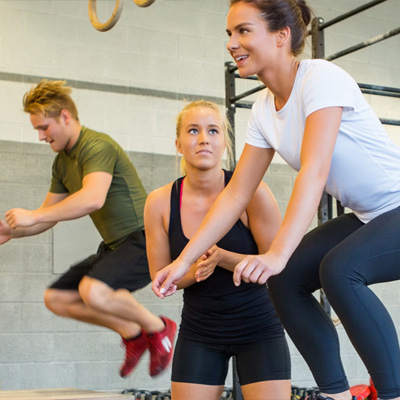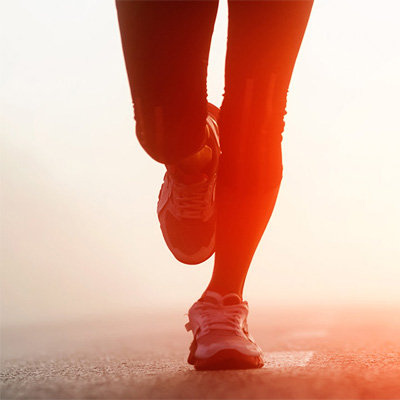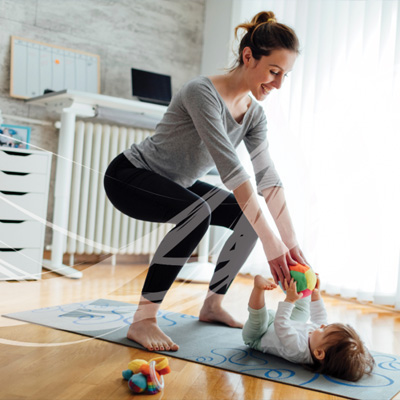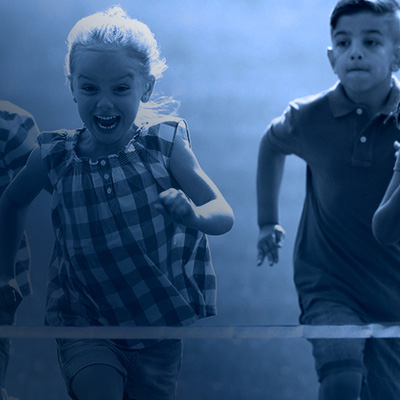Training Tool


Introduction to the Training Tool
Lorem ipsum dolor sit amet, consectetur adipiscing elit. Donec suscipit malesuada mauris eget dignissim. Pellentesque quis placerat odio. Pellentesque vitae purus felis. Aliquam ultricies interdum eros ac cursus. Aenean ac viverra risus, in molestie ipsum. Nulla consectetur justo sed lectus consequat consequat ut non urna. Nulla aliquet rhoncus ligula nec elementum. Phasellus imperdiet ligula feugiat, auctor leo aliquet, molestie odio. Maecenas hendrerit, nisi a lacinia mattis, nunc turpis laoreet metus, vel sagittis est ipsum eu dolor. Sed mauris mauris, facilisis eu elit eu, consequat interdum purus. Nulla non varius turpis, ac porta sem. Cras leo nibh, malesuada nec elit ut, laoreet tincidunt sem. Morbi vehicula nunc placerat ante fringilla, a hendrerit libero eleifend. Praesent aliquet mi pharetra tincidunt mollis. Mauris ac velit turpis. Morbi justo neque, pretium at neque quis, hendrerit feugiat quam. Lorem ipsum dolor sit amet, consectetur adipiscing elit. Donec suscipit malesuada mauris eget dignissim. Pellentesque quis placerat odio. Pellentesque vitae purus felis. Aliquam ultricies interdum eros ac cursus. Aenean ac viverra risus, in molestie ipsum. Nulla consectetur justo sed lectus consequat consequat ut non urna. Nulla aliquet rhoncus ligula nec elementum. Phasellus imperdiet ligula feugiat, auctor leo aliquet, molestie odio. Maecenas hendrerit, nisi a lacinia mattis, nunc turpis laoreet metus, vel sagittis est ipsum eu dolor. Sed mauris mauris, facilisis eu elit eu, consequat interdum purus. Nulla non varius turpis, ac porta sem. Cras leo nibh, malesuada nec elit ut, laoreet tincidunt sem. Morbi vehicula nunc placerat ante fringilla, a hendrerit libero eleifend. Praesent aliquet mi pharetra tincidunt mollis. Mauris ac velit turpis. Morbi justo neque, pretium at neque quis, hendrerit feugiat quam.

WHAT is Physical Literacy?
Animated representation of the Physical Literacy concept
Physical Literacy, like other literacies, is a key component of people's lifelong learning journeys through physical education, physical activity and sport. That's why we're excited to present to you an animated representation of the Physical Literacy concept based on the outcomes of the Physical Literacy for Life Erasmus+ project.
Physical Literacy for Life definition and domains
Physical Literacy for Life definition and domains. This an infographic that explains the Physical Literacy definition and components according to the Physical Literacy for Life Erasmus+ project.
Would you like to know more about Physical Literacy For Life?
Podcast interview with International Physical Literacy Association and Macquarie University about Physical Literacy - Speakers Margaret Whitehead & Dean Dudley, facilitated by Nigel Green.
New perspectives on physical literacy - Physical Literacy experts Dean Dudley from Macquarie University in Australia and Rose-Marie Repond from EUPEA take an in-depth look at the concept from perspectives we may never have considered before, including how physical literacy can support the UN's Sustainable Development Goals (SDGs), why we can compare physical literacy with the periodic table of elements, and many more exclusive insights.
Message from a trainer - What does Physical Literacy mean to me?
Charlotte Egede Frost from Denmark
Miha Cmer from Slovenia
Mikkel Daniel Jung from Denmark
Zoia Georgieva from Bulgaria
Message from a teacher - What does Physical Literacy mean to me?
Claire Simon from France
Olivier Faucon from France
Supporting material
This a collection of supporting materials on What is Physical Literacy according to the Physical Literacy for Life Erasmus+ project partners.
Questions for reflection:
What does Physical literacy mean for me?
How is this related to my practice?
Do I have the possibility to implement PL in my school or club?

WHY is PL important?
Introduction to the module: WHY is Physical Literacy important?
Physical literacy is a key competency where knowledge, skills, and attitudes are acquired by all citizens for personal fulfilment and development, employability, social inclusion, and active citizenship. It has the potential to allow every individual to flourish on their unique physical literacy journey throughout life. Physical literacy challenges the way in which individuals engage in and understand physical activity. It offers an alternative approach to encourage individuals to engage in physical activity to improve themselves by developing their physical, cognitive, emotional, and social attributes. Physical literacy is the golden thread that radiates through play, physical education, physical recreation, fitness, sport, and active lives. The concept of physical literacy recognizes that humans learn for different reasons, whether for survival, social connection, or self-actualization. Individuals learn to move but also move to learn. The importance of physical literacy becomes self-evident as individuals engage with the world and learn to move their bodies for social, aesthetic, competitive, and even survival reasons. This is not just for health reasons but also to flourish and gain pleasure from their everyday lives. Physical literacy is a concept that asks educators to celebrate each individual’s strengths and to use these as a foundation for learning (and teaching) to live meaningful and healthy lives through physical activity, sport, recreation, and leisure. Educators can make a number of organizational decisions and develop content in ways that help students learn new and increasingly complex movement sequences. As individuals develop their physically literacy, they learn a variety of cognitive, social, affective, and physical skills, so they can use these outside of formal educational institutions. This process is a lifelong journey where every individual engages in physical activity based on their disposition and learning.
Why is Physical Literacy important?
Physical literacy is a life-long gift and quality. A gift we should give to all children from early age as it improves their learning abilities and capacity – not to forget their social skills. It is not a quick solution you can order online. Physical literacy is a life- long enjoyable commitment.
Why from a national perspective?
11 organisations and institutions , the Physical Literacy for Life project partners, are committed to improving the lives of all Europeans through sport and physical activity. We want to see more people moving throughout their life course, because this has essential benefits for our physical, emotional, cognitive and social wellbeing. They share their statements with you.
Message from a trainer - WHY is PL important for me?
Charlotte Egede Frost from Denmark
Miha Cmer from Slovenia
Mikkel Daniel Jung from Denmark
Rado Trifkovic from Slovenia
Message from a teacher - WHY is PL important for me?
Thibaut Derigny from France
Supporting material
This a collection of supporting materials on Why is Physical Literacy important according to the Physical Literacy for Life Erasmus+ project partners.
Questions for reflection:
Why is PL important for you?
What does PL mean to the people that you work with & and to everyone?
What will be your position statement of PL?

WHERE am I on my Physical Literacy journey?
The self-assessment tool is developed to assist the acceptance of Physical Literacy as encompassing key competences and basic skills that are valuable for personal development, health, employability, social inclusion and active citizenship. It consists of two self-assessment questionnaires, the first one is prepared for citizens and the second one is for teachers and coaches.
The self-assessment tool for citizens evaluates the individual citizens’ levels of Physical Literacy and hence encourage users to become more physically active in everyday life by providing guidelines.
The self-assessment tools for teachers and coaches assess the integration of Physical Literacy in teaching and coaching and encourage them to enhance their use of Physical Literacy in daily practice.

HOW to provide positive environment for physical literacy?
Introduction to the module: How to provide positive environment for physical literacy?
As physical literacy seeks to contribute towards multiple Sustainable Development Goals, the question of how to provide positive learning environments for individuals engaging in physical activity becomes a priority. Changing practice towards a ‘physical literacy focus’ will require not only practitioners, but also policy makers to reflect on provision and process. It will demand a new focus on the development of individual’s physical competence, attitudes towards physical activity and knowledge and understanding. It will also require that education, sport and health agencies have a clear orientation towards encouraging everyone to be physically active. The following points should guide practitioners towards establishing safe and inclusive learning environments.
Ensure that everybody is included and challenged according to their capability.
Provide a wide range of experiences in different physical activity environments that are differentiated to the needs of the individual and purposeful.
Allow sufficient time on an activity for individuals to be engaged and make progress.
Ensure that the activities are relevant, rewarding and challenging to every individual.
Use a range of different strategies to ensure everyone makes progress.
Plan sessions to develop the individual holistically, from a physical, cognitive, social and emotional dimension.
Promote task mastery, praising effort and accepting mistakes.
Value knowledge, understanding and attitude as much as physical competence.
Encourage creativity and gradually devolve responsibility to allow participants to flourish.
Celebrate progress and success.
Animated representation of the positive environment for Physical Literacy
How to provide a positive environment for Physical Literacy?
PHYSICAL LITERACY: Guide for schools, sport and physical activity organisations
Would you like to learn how to provide positive environment for physical activity?
Here is a new guide for schools, sports and physical activity organisations.
Supporting material
This a collection of supporting materials on how to activate physical literacy in your community according to the Physical Literacy for Life Erasmus+ project partners.
Questions for reflections
How well are you creating a PL environment?
How can you improve your practice?
How can you help other to improve their practice?
What support do you need in the future?

Networking
If you would like to explore more about the available networks,
here are few:

SURVEY
Training tool feedback.
We kindly ask you to give us feedback on your experience using the Training Tool.
Your feedback helps us improve the tool. The feedback is anonymous.
If you have further feedback or questions about the tool contact: info@isca-web.org



